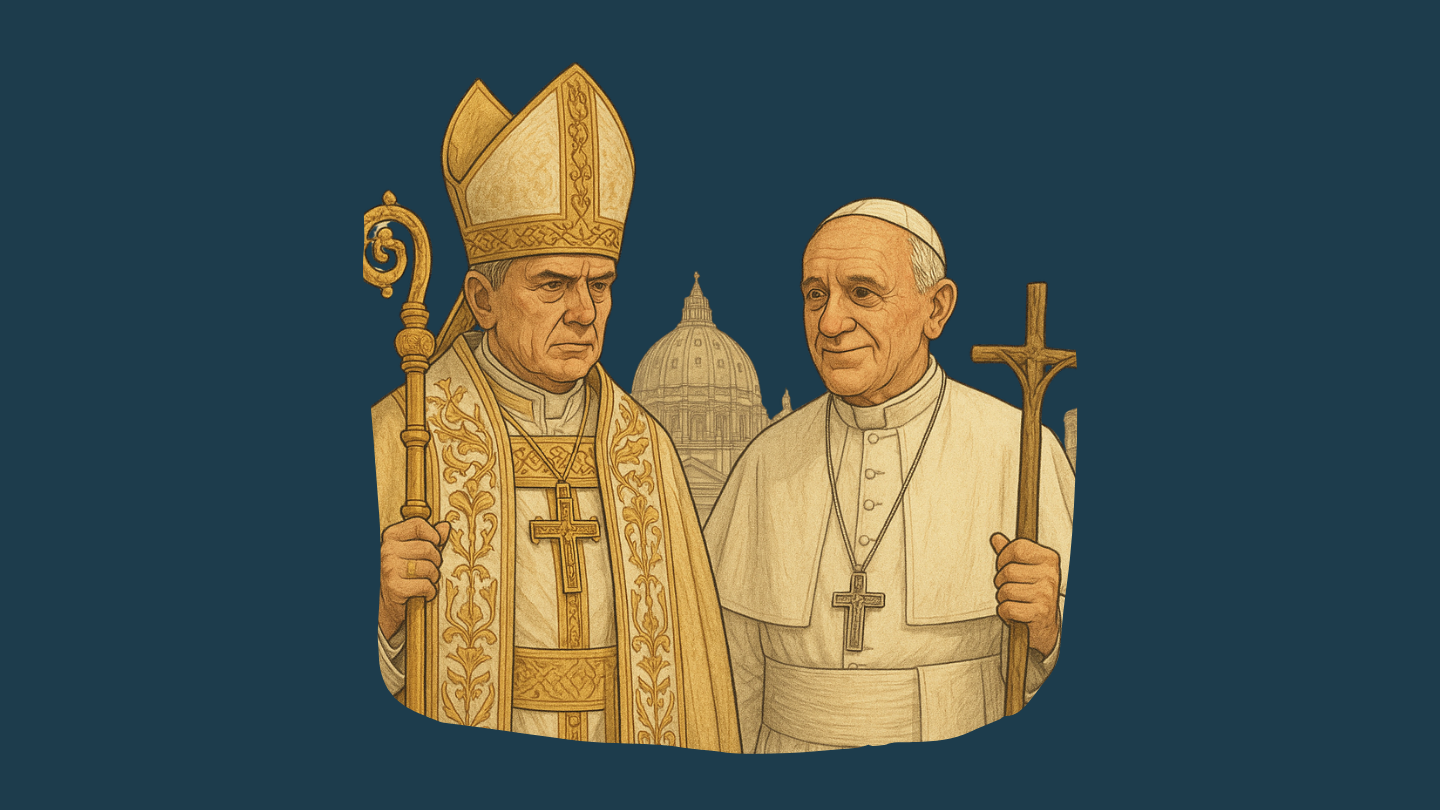Demographic
adjective
Commonality Score: 2 (common)
Translations
Arabic: ديموغرافي
Chinese (Mandarin): 人口统计的
French: démographique
German: demografisch
Hindi: जनसांख्यिकीय
Japanese: 人口統計の (じんこうとうけいの)
Korean: 인구통계학의
Polish: demograficzny
Portuguese: demográfico / demográfica
Russian: демографический
Spanish: demográfico / demográfica
Thai: เกี่ยวกับประชากรศาสตร์
Turkish: demografik
Vietnamese: nhân khẩu học
Empty space, drag to resize
Whilst every care has been taken to ensure accuracy, translations could be misleading. Check with your teacher if you are unsure.
Don't see your language? Try Google Translate
Don't see your language? Try Google Translate
Definition/s
- Relating to the statistical characteristics of a population, such as age, gender, income, or education.
- Describing trends, patterns, or shifts in population-related data.
Examples
- The demographic changes in the country have influenced its economic policies.
- Businesses use demographic data to target their advertising campaigns effectively.
- The city’s demographic makeup has become more diverse over the past decade.
Demographically
adverb
Commonality Score: 2 (common)
Translations
Arabic: ديموغرافيًا
Chinese (Mandarin): 从人口统计上
French: démographiquement
German: demografisch (as an adverb)
Hindi: जनसांख्यिकीय रूप से
Japanese: 人口統計的に (じんこうとうけいてきに)
Korean: 인구통계학적으로
Polish: demograficznie
Portuguese: demograficamente
Russian: демографически
Spanish: demográficamente
Thai: ตามหลักประชากรศาสตร์
Turkish: demografik olarak
Vietnamese: về mặt nhân khẩu học
Empty space, drag to resize
Whilst every care has been taken to ensure accuracy, translations could be misleading. Check with your teacher if you are unsure.
Don't see your language? Try Google Translate
Don't see your language? Try Google Translate
Definition/s
- In a way that relates to the statistical characteristics of a population.
- Considering or describing population trends or distributions.
Examples
- The country is demographically shifting toward an older population.
- The company expanded into new markets that were demographically suitable for its products.
- Demographically speaking, urban areas tend to have a more diverse population than rural ones.
What are Openers?

- Openers are conversation starters you will use to participate in a discussion. They come in three forms:
1. Open Questions
- Ask an open question and understand your conversation partners’s views.
- Make sure to ask follow ups, and remember: this is a conversation, not an interview!
2. Stories
- Tell a personal story. Something that has happened to you, or somebody you know.
- Or tell us about something that you have done or seen.
- Your conversation partners must then follow up with you or reciprocate with their own stories.
3. Opinions
- Share an opinion about something that the content has inspired.
- Respectfully identify any agreement or disagreement there is in the room.
What are Openers?

- Openers are conversation starters you will use to participate in a discussion. They come in three forms:
1. Open Questions
- Ask an open question and understand your conversation partners’s views.
- Make sure to ask follow ups, and remember: this is a conversation, not an interview!
2. Stories
- Tell a personal story. Something that has happened to you, or somebody you know.
- Or tell us about something that you have done or seen.
- Your conversation partners must then follow up with you or reciprocate with their own stories.
3. Opinions
- Share an opinion about something that the content has inspired.
- Respectfully identify any agreement or disagreement there is in the room.
The Skinny
You’ve been asked to brief a senior executive (the “boss”) on a key issue from a recent business news event. This person is busy and relies on you to give them insight, not headlines.
You have 60–90 seconds to deliver a concise, high-value update tailored to their concerns and communication preferences.
1. Read the boss profile carefully.
- Who are they?
- What do they care about?
- What do they not want to hear?
2. Stick to their focus.
- What part of the story matters most to them?
- Don’t explain everything—prioritise.
3. Use business English.
- Be clear, precise, and professional.
- Avoid informal or emotional language.
Two Papal Styles: Clerical vs. Pastoral

Not all popes lead the same way. Some focus more on rules and tradition, while others focus on care and connection. These two styles are often called clerical and pastoral.
Understanding the difference can help us see why Pope Francis felt so different from past leaders—and why some people loved his style while others disagreed with it.
Understanding the difference can help us see why Pope Francis felt so different from past leaders—and why some people loved his style while others disagreed with it.
🟣 Clerical Style
- Focuses on rules, tradition, and Church authority
- Speaks with clear, firm direction
- Keeps strong boundaries between Church leaders and members.
Example: A clerical pope might defend strict Church teachings on family or sacraments.
🟢 Pastoral Style
- Focuses on compassion, listening, and inclusion
- Tries to meet people where they are.
- Emphasises mercy over judgment.
Example: A pastoral pope might welcome divorced people or support migrants and the poor.

